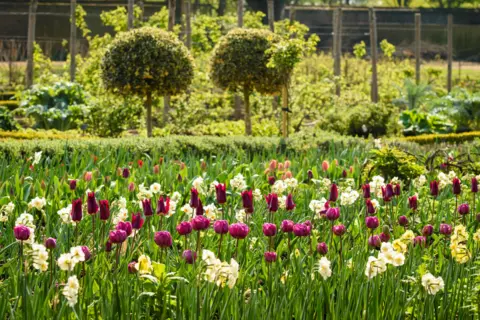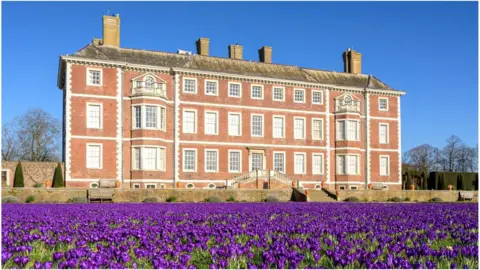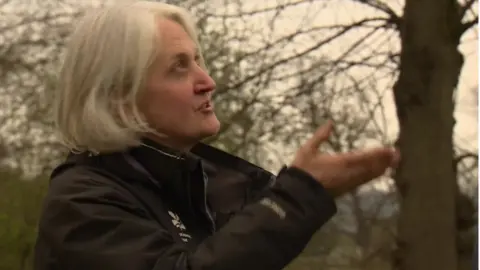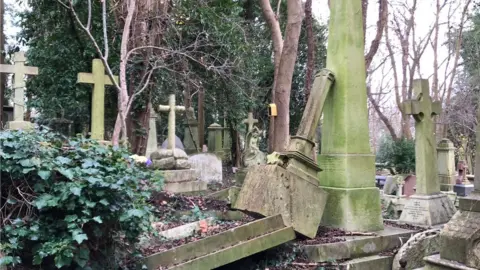Climate change: How historic London sites must adapt

 National Trust & Chris Davis
National Trust & Chris DavisThe climate is getting warmer. And as that happens, some historic sites in London must adapt.
Due to their age, historic buildings and gardens can suffer disproportionately from the effects of climate change, such as flooding, storms and extreme heat.
In its report Climate Change and the Historic Environment, English Heritage puts it more bluntly: "The wide-ranging actions required to limit further damaging emissions, combined with the need to adapt historic assets to make them more resilient to a changing climate, will also have significant implications for the historic environment."
It continues: "Without action to adapt to a changing climate and limit further changes, it is likely that these will be irreparably damaged and the cultural, social and economic benefits they provide will also be lost."
Now owned by The National Trust, Ham House sits on the bank of the Thames in Richmond. While the beautiful location befits the building's 17th Century grandeur, the grounds are now vulnerable to becoming waterlogged.
 National Trust & Chris Davies
National Trust & Chris DaviesIn front of the house is a flood plain leading down to the river, which floods much more often now than previously.
In the walled garden, I met some of the volunteers. They told me the wetter winters we're experiencing mean regular weeding has become a lot more important now. They say that moss is a lot more common even in the dry soil of the area.
The broader picture at Ham House is they are having to rethink how they manage the gardens.

Head gardener Rosie Fyles says that while some of the trees on the flood plain seem to like the conditions, others are suffering.
Tree maintenance is now much more frequent and Ham house is looking to plant new tree species that are more used to the climate of Barcelona.
"Some of the trees that have been planted here in the last century are thriving in these conditions, and others are starting to really struggle," she said.
"As we are getting very dry springs and summers. So while now you can see water logging in a couple of months time the trees that are away from the river are in absolute drought conditions. I think the trees will start to change and we will be looking to plant different types of trees to reflect the climate."
Other historic sites in London are grappling with the same challenges. Highgate Cemetery has run a design competition to re-imagine the whole site, taking into account a warmer climate.
Dr Ian Dungavell, CEO of Friends of Highgate Cemetery, said: "The trees will be better looked after and the right variety of trees planted in the right places and some of that will be for ecological reasons to create a different variety of habitat and some of it will be for aesthetic reasons."

Professor May Cassar, an expert in climate and historic buildings at UCL Institute for Sustainable Heritage, warned: "The evidence is there. We have to take it seriously and we would be irresponsible heritage guardians if we do not, and I don't know one heritage organisation that is not taking this seriously."

Follow BBC London on Facebook, Twitter and Instagram. Send your story ideas to [email protected]
